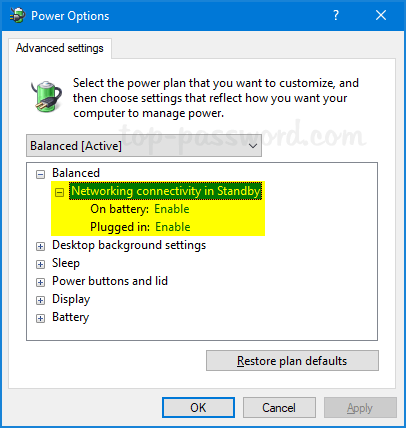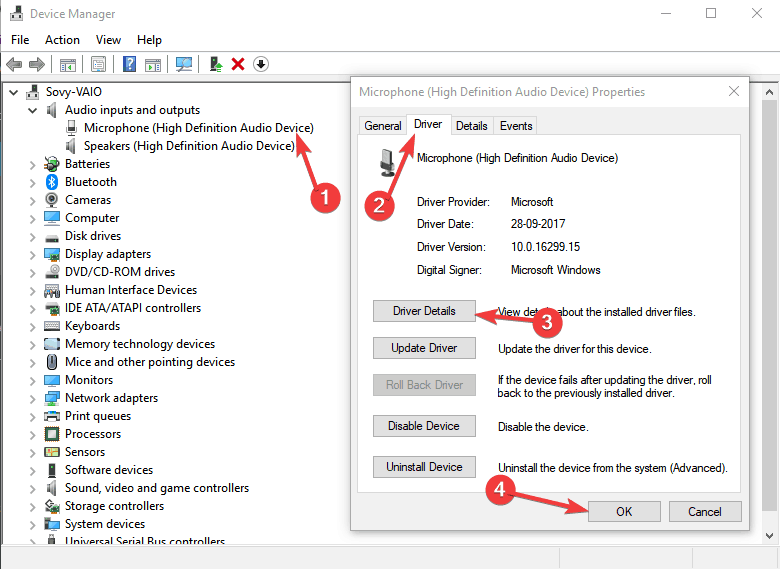

S1: This is low-power mode with the CPU on (but set to stop executing instructions) and the RAM refreshed. However, the Modern Standby mode is listed as "S0 Low Power Idle." S0: Traditionally, this has meant "working" with the system fully running. Most of us are familiar with the classic "sleep mode" in Windows, but the reality is that Windows PCs traditionally supported up to six power states that average users rarely understood: The Surface Book 2 woke from sleep in under a second, while the Spectre x360 took 2 to 3 seconds. The store has only a handful of FTP apps, the kind of software many people use for uploading / downloading large files, and the one we tried didn't work at all.Įven if you aren't using the connectivity feature, Modern Standby provides much faster resumes. Unfortunately, none of the major browsers is a store app. Microsoft's documentation says that only Windows Store apps can take full advantage of Modern Standby, so we were surprised that Outlook, which is not technically a Store app, worked. When we initiated a download in the Edge browser, putting the system to sleep caused it to fail. However, emails that were in the middle of sending when we put the notebook to sleep did not go out. In both Outlook 2016 and Windows 10's built-in email client, we received emails with large attachments, even when the laptop was asleep. Next, go to the Sign-in options area and Change the 'Require sign-in' field from 'Never' to 'When PC wakes up from sleep'.To see how well Modern Standby works, we performed some tests on a Surface Book 2 (13-inch). Step 2.Ĭlick on All Settings, then on the following screen (below), click on Accounts. Credit: IDG The Notifications icon is the one in between the speaker and keyboard icons in this screen shot. These can be accessed from the Notifications tray near the clock on your Taskbar. If you fall into the former group, here's how to make yours do the same: Step 1.įirst, visit the Windows 10 sign-in settings.

In this case, the default Windows 10 setting does require you to sign in when you wake your device up. This is not the case if you have a Windows 10 2-in-1, convertible, Surface, and or tablet device. This is because on Windows 10 laptop devices Windows 10 is, by default, set to never ask you to sign in if you've been away for a while - which includes the period after a laptop wakes up from sleep.

Your power settings in the Control Panel may indicate that they are set to put the computer to sleep after you close the lid, but the login screen doesn't appear.


 0 kommentar(er)
0 kommentar(er)
